Affiliate disclosure: This post may contain affiliate links. Please see our Privacy Policy.
Easter eggers, or blue egg chickens are a special addition to any backyard flock and they keep egg baskets colorful with blue colored eggs.
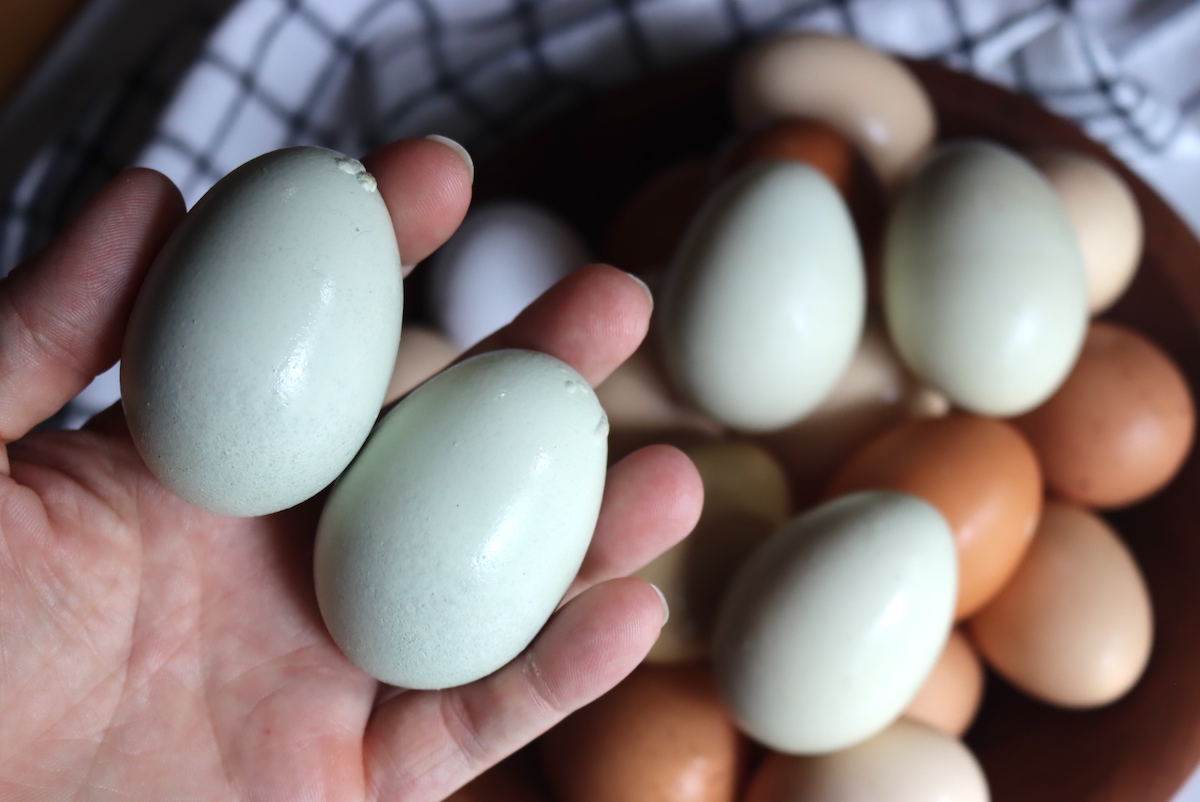
Blue eggs are a gorgeous addition to any egg basket and, despite their unusual appearance, are easy to source when you have your own chickens that lay blue eggs. Unlike other egg colors, such as dark brown or olive green, blue eggs are blue throughout—there’s no inner white shell.
If blue eggs are something you’ve always been curious about, you’ll be happy to learn there are readily available breeds that will yield the results you’re looking for. Even better, these breeds are typically well-suited for backyard coops in addition to being friendly, docile, and hardy to both hot and cold temperatures.
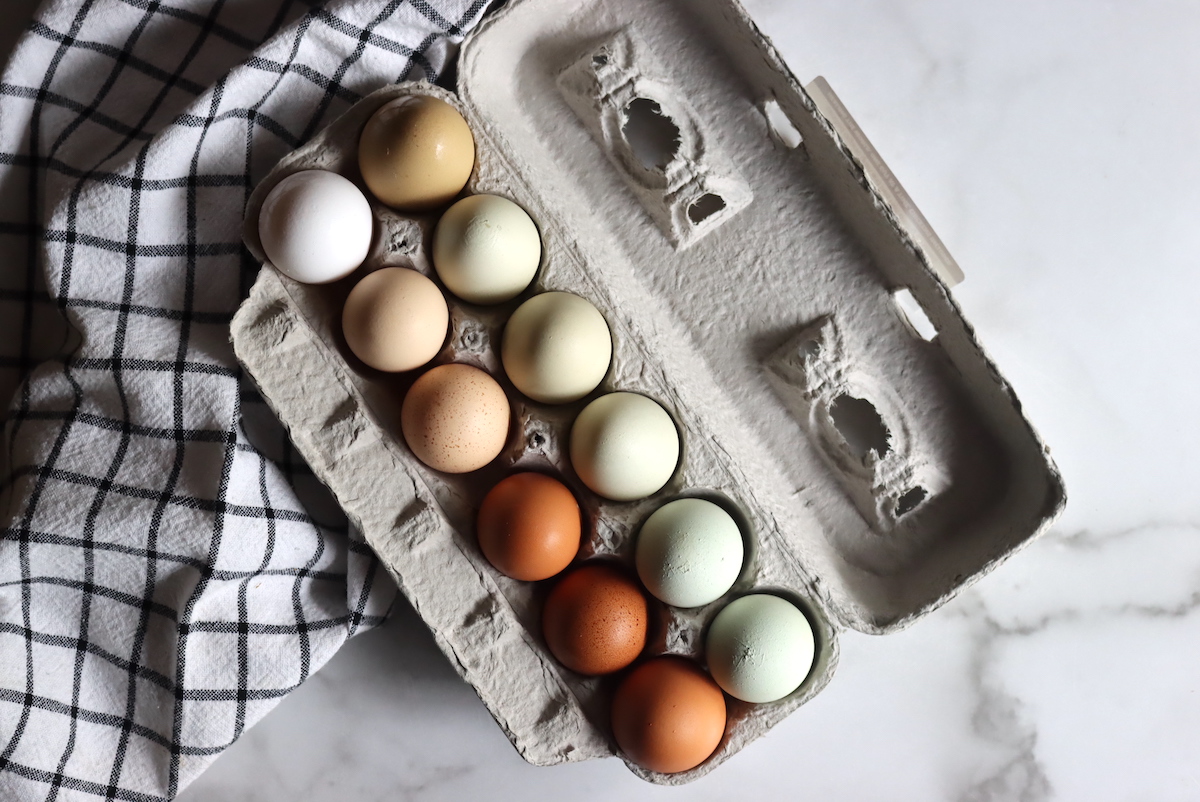
How are Blue Chicken Eggs Formed?
Blue chicken eggs are formed in the hen’s oviduct, a two-foot tube that carries the egg from yolk to a fully formed egg right before it’s laid. Blue eggs are especially unique because of the fact that they’re blue throughout—there’s no white inner layer. This is because blue egg laying chickens produce a special pigment called oocyanin, a pigment that is a by-product of bile.
All chicken eggs have white shells when they’re first formed, this is because egg shells are made from calcium carbonite—a naturally occurring white element. The colorful pigment found on egg shells is, for many breeds, only found on the outer coating of the shell. When an egg is forming in a blue egg chicken, the pigment is added after the shell is formed and permeates the entire shell, giving the egg shell its blue through-and-through appearance.
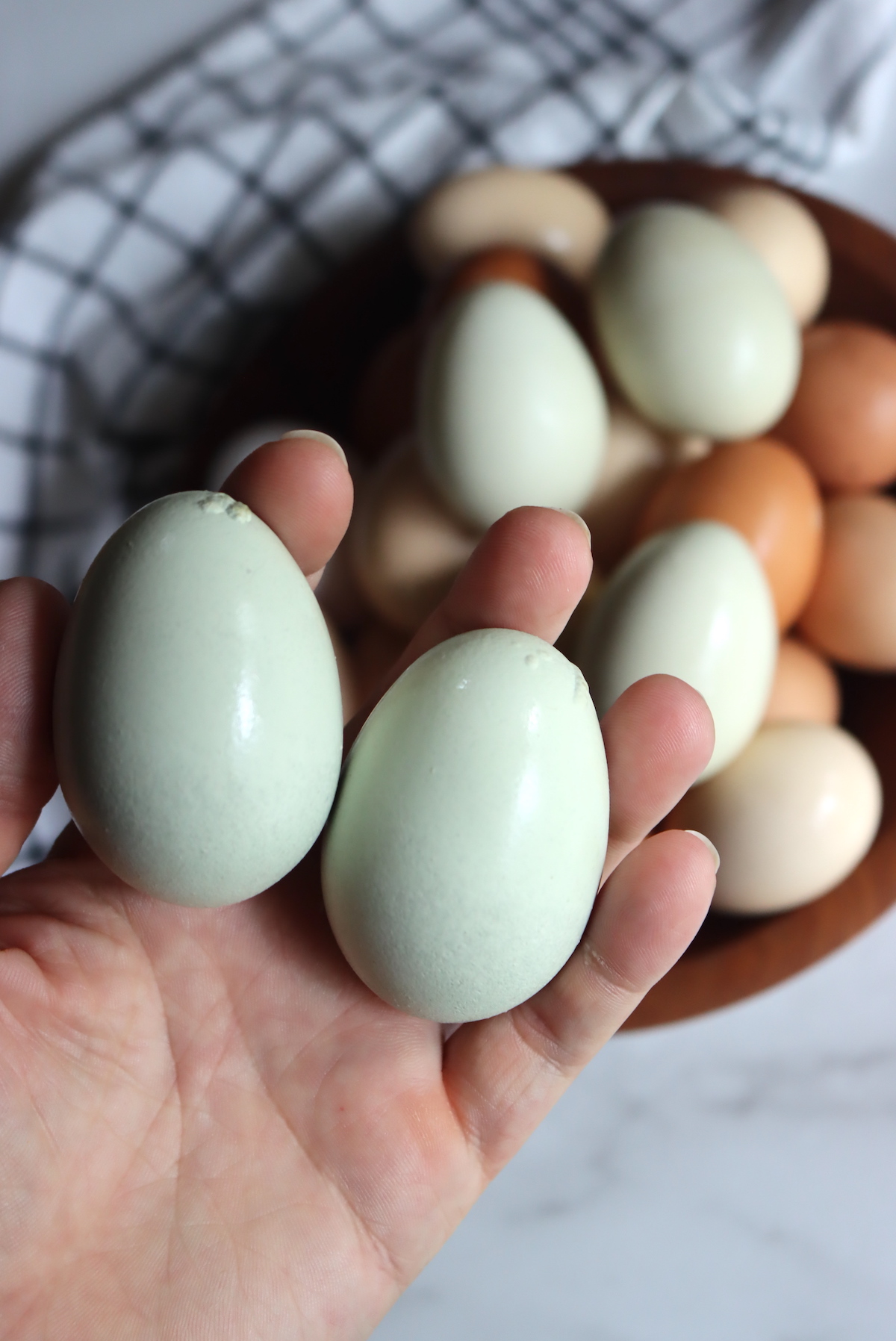
Where do Blue Egg Chickens come from?
Ameraucana and Araucana chickens both originated in South America, specifically the region where Chile is today. Eventually, these breeds found their way to the United States in the 1930s, where they have since become the only two blue egg laying breeds to be accepted by the American Poultry Association.
Cream Legbars, another type of blue egg laying chicken, were first developed in England at Cambridge University. Like other Easter Eggers, this breed is a product of Araucanas chickens being bread with other non-blue egg laying breeds. Because Easter Eggers are a cross-breed of several types of bird and either Ameraucanas or Araucanas, their origin varies according to the types of breed included in the genetic mix.
What Chickens Lay Blue Eggs?
If the idea of bright blue eggs flooding your Easter basket is appealing, you’ll want to learn all about these three blue egg-laying breeds: Ameraucanas, Araucanas, and Cream Legbars (plus, an introduction to blue Easter Eggers).
Ameraucana
Originally hailing from South America, Ameraucana chickens where they were bred by the Mapuche people in what is now known as Chile.
Ameraucanas are good egg layers, and will produce 3 to 4 medium-sized beautiful blue eggs per week or up to 200 eggs per year—this breed is also known to lay the occasional green-tinted egg, as well. Ameraucana hens will lay year-round, but typically slow down considerably during the cold winter months.
On average, hens weigh in at 5.5 pounds, making them an average-sized bird. These chickens come in eight different colors: black, blue, blue wheaten, brown red, buff, silver, wheaten, and white.
A hardy breed, Ameraucanas do well in both cold and hot temperatures (especially the latter). Ameraucana hens aren’t usually broody, and if they are they can be easily discouraged from this behavior by isolating the hen from its eggs.
Personality-wise, these chickens are friendly, docile, and curious. These birds enjoy having room to free range, and are experts at evading the attention of backyard predators.
Araucana
Araucana chickens are difficult to source from traditional breeders, partly due to the fact that their genetics can cause low hatch rates. However, if you manage to get your hands on this quirky bird, you’ll be rewarded with 3 medium-sized blue eggs per week or 200 eggs per year.
Another South American breed, Araucana chickens first originated in Chile. As a result, these birds do their best laying in warmer weather—this is one breed that won’t produce eggs during the cold winter months (but rest assured, you’ll likely have eggs in time for your Easter basket).
Even if Araucanas won’t lay eggs during the winter, they’re incredibly hardy chickens and will thrive in both hot and cold temperatures. Araucanas are fairly small, weighing in at around 5 pounds, are rumpless (meaning, they have no tail), and have tufts of feathers growing from under their ears.
In terms of personality, Araucana chickens are all over the map—some swear by their friendly nature and others consider these birds to be flighty and nervous creatures, it all comes down to the individual bird with this breed.
Despite having a low hatch rate, these birds are known for their broodiness and will take good care of any chicks that end up hatching.
Araucanas love to have plenty of space to roam free-range, and are even known to wander into neighboring yards if they aren’t fenced in.
Cream Legbar
A fairly new breed, Cream Legbars first arrived on the scene in 1931.
Cream Legbars are efficient and prolific layers, you can expect 4 medium-sized light blue eggs per week or up to 230 eggs per year.
A small-sized bird, Cream Legbar hens weigh in at around 6 pounds. True to the name, the feathers of Cream Legbars are creams and greys, with hens sometimes having additional salmon-colored feathers along the neck and breast.
In general, Cream Legbars get along well with their fellow birds, although they can sometimes get picked on by more aggressive breeds—for this reason, it’s a good idea to keep them with other docile breeds.
Cream Legbars love to forage and free range, otherwise they can become flighty, so it’s a good idea to have lots of available outdoor space. In terms of hardiness, Cream Legbars are fairly cold hardy (but should have a warm and dry place to roost) and do well in the summer with plenty of room to roam around.
Easter Eggers
Chickens that carry the blue egg laying gene from either the Ameraucana or Araucana breed are known as Easter Eggers. These birds are considered cross-bred and not purebred.
Easter Eggers are sometimes incorrectly sold as Ameraucana or Araucana chickens but in order to purchase these breeds you’ll have to buy directly from a breeder.
Easter Egger hens will lay 3 to 4 large blue eggs per week or around 200 eggs per year.
When it comes to appearance, Easter Eggers can look quite different from one another based on their parentage. Known for having a friendly disposition, Easter Egger hens are hardy in both hot and cold temperatures.
There are several crossbreeds of blue Easter Eggers, some of which are unavailable for purchase by the general public.
Their names include Whiting True Blues, Arkansas Blues, and Azure Blues.
Do Any Other Chicken Breeds Lay Blue Eggs?
There are a couple of other chicken breeds that will lay blue eggs, but they’re considered extremely rare. Dongxiang and Lushi chickens are from China and are both incredibly hard-to-find (even when it comes to basic information on the internet!)—it’s highly unlikely you would be able to find these breeds outside of China.
Backyard Chicken Guides
Looking for more resources for your backyard chicken flock?
- Beginners’ Guide to Chicken Egg Colors
- Which Chickens Lay Green Eggs?
- How much does it cost to raise chickens?
- Duck Egg v. Chicken Egg: What’s the Difference?
- Goose Egg v. Chicken Egg: What’s the Difference?


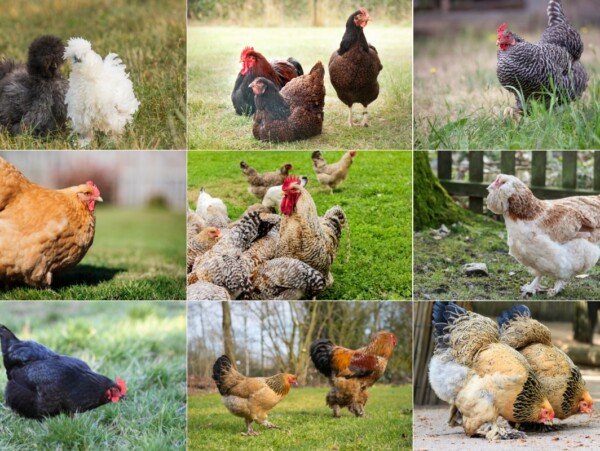
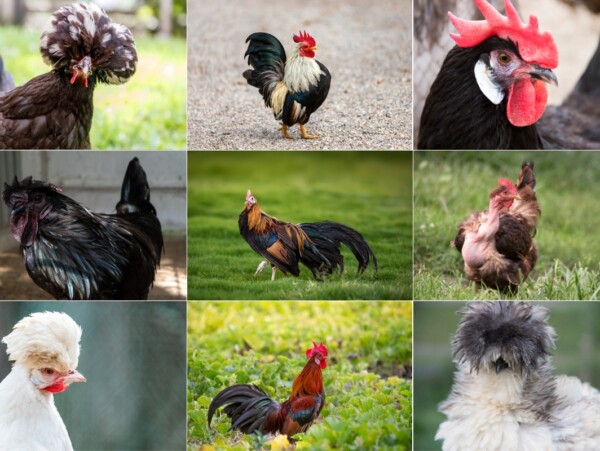
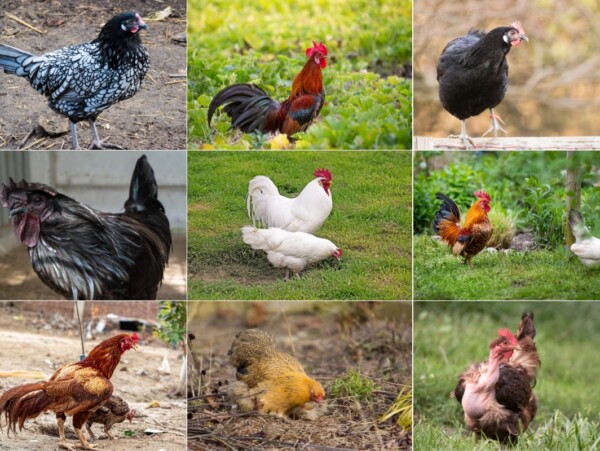
Excellent post
Thank you. We’re so glad you enjoyed the post.